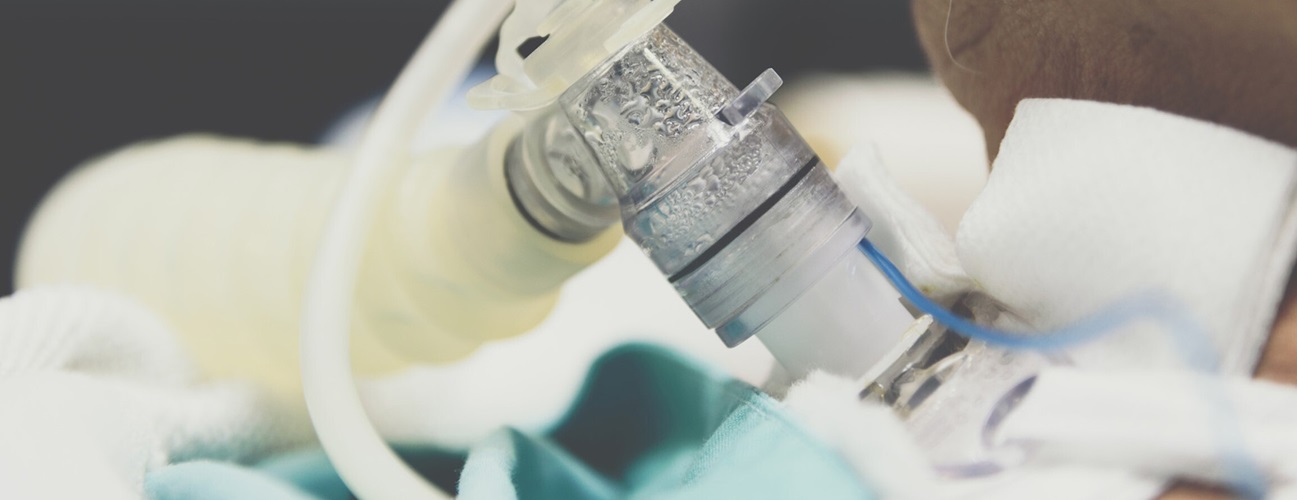

Complications of tracheostomy are numerous but can be minimized if carefully performed, with good postoperative care.
I.Immediate: 1. They present before or at termination of the surgery.
2.Bleeding commonly from the thyroid isthmus, anterior jugular and inferior thyroid veins.
3. Damage to recurrent laryngeal nerve.
4.Damage to pleura.
5.Apnea due to loss of hypoxic respiratory stimulation.
6. Injury to cricoid cartilage (In high tracheostomy).
7. Vagal stimulation.
8. False passage of the tracheostomy tube.
9. Anesthetic complications
II. Delayed or intermediate: They occur during the first few hours or days after the tracheostomy.
1. Surgical emphysema.
2. Aspiration and lung abscess.
3.Tracheitis and tracheobronchitis especially in children.
4.Pneumothorax and pneumomediastinum may occur if the surgical emphysema progress.
5.Bleeding.
6.Dysphagia due to pressure on oesophagus.
7.Blockage of tube.
8.Dislocation of the tube.
III. Late complications:
1. They are the most common complications especially in prolonged tracheostomies.
2. Localized tracheomalacia.
3. Tracheo-oesophageal fistula may occur due to an inadvertent incision on the posterior tracheal wall.
4. Tracheal stenosis due to injuries or perichondritis of cricoid cartilage.
5. Tracheo-cutaneous fistula.
6. Difficulty in de-cannulation.
7. Localized tracheomalacia occurs at the superior part of the tracheostomy opening if the tube is too large or sharply angled.

A tracheostomy patient requires diligence and patience. The tracheostomy tube should be kept in situ for 2-3 days before it can be changed and the tract is well formed.
1.A fresh tracheostomy tube and dilator must be kept near the patient.
2. As the patient cannot speak, a bell should be kept next to the patient.
3.Inner tube is removed and cleaned every one or two hours in the first 48 hours after tracheostomy. Later it can be cleaned every four hours.
4.Suction with aseptic precautions must be done every half an hour.
5.Humidification of the inhaled air is necessary to prevent tracheitis and crust formation. This can be done using a Walton’s humidifier or ultrasonic nebulizer in the room.
6. Mesna is a potent mucolytic available as 200 mg/ml solution for nebulization and tracheopulmonary instillation via the tracheostomy tube. It is a therapeutic agent that aims specifically on the dissociation of mucous plugs. It instantly removes the sputum and clears the airway passage and normalizes the gaseous exchange.
7. Chest physiotherapy is required to clear any accumulated secretions.
8.Local dressing to be changed every day using sterile gauze and anti-septic cream to avoid skin erosion and wound infection.
9.Mucolytic agents and expectorants.
10.Antibiotics in cases of chest or wound infections.